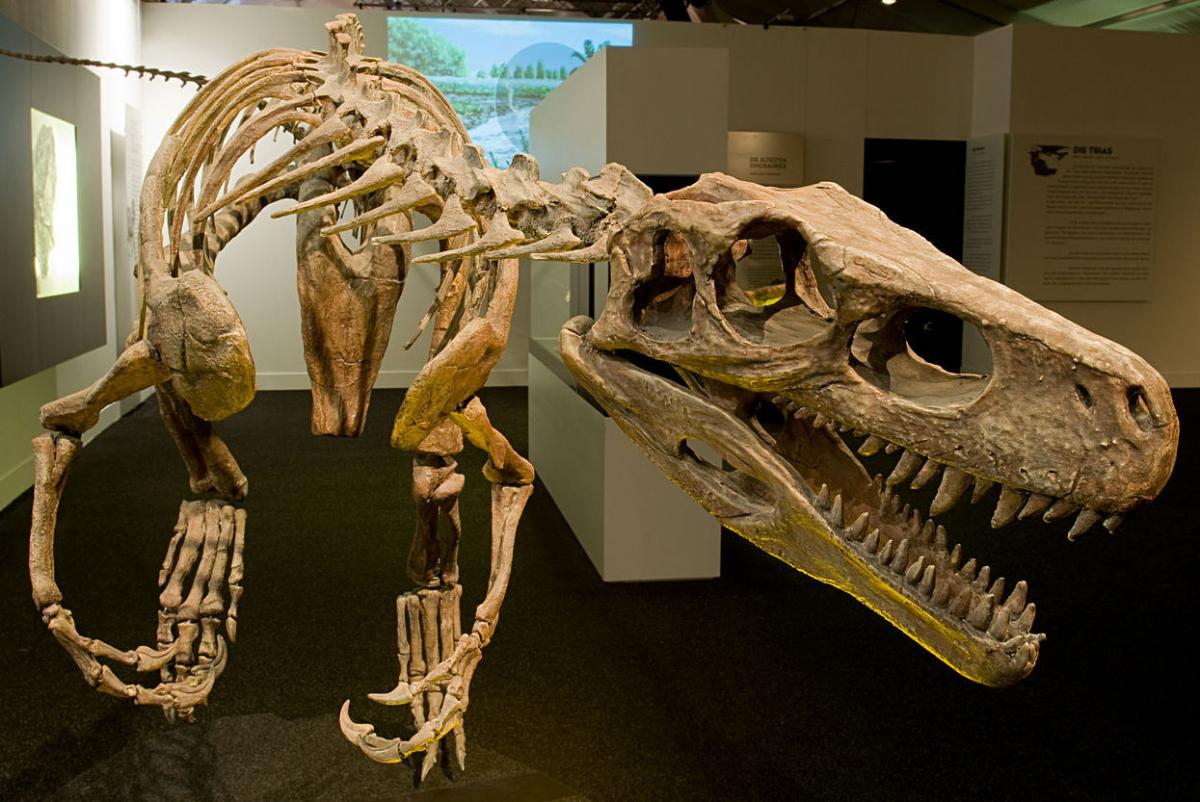D: Hey, Yaël. Did you hear that malaria might have helped kill off the dinosaurs?
Y: I thought malaria was a human disease caused by a protozoan called Plasmodium?
D: Yes, it is. There are hundreds of millions of malaria cases worldwide every year.
Y: Isn't it spread by anopheline mosquitos?
D: Yes. Malaria isn't passed from person to person like a cold. It needs a biting insect vector to spread it. Plasmodium spends part of its life cycle in the insect and the other in a human. In the insect, it reproduces, creating new Plasmodium cells. When the infected insect bites a human, those cells travel in the blood to the liver, making the person sick. For the disease to spread, another mosquito bites the infected person and the cycle begins again.
Y: And scientists think there was malaria millions of years ago?
D: Malaria doesn't only infect people, it can infect mammals, birds, and reptiles too. Scientists discovered a type of malaria in a twenty million year old mosquito fossil from the Dominican Republic preserved in amber.
Y: But dinosaurs lived much longer ago than that.
D: Yes, they did. A new analysis suggests malaria evolved in insects at least one hundred million years ago. The first hosts of this disease were probably reptiles, which at that time would have included the dinosaurs.
Y: I didn't think that mosquitos existed that long ago.
D: They didn't. Scientists believe a relative to today's malaria protozoan was spread by different insect vectors back then. There was a biting midge that lived during dinosaur times. That means it could have spread malaria before dinosaurs went extinct about sixty five million years ago.










